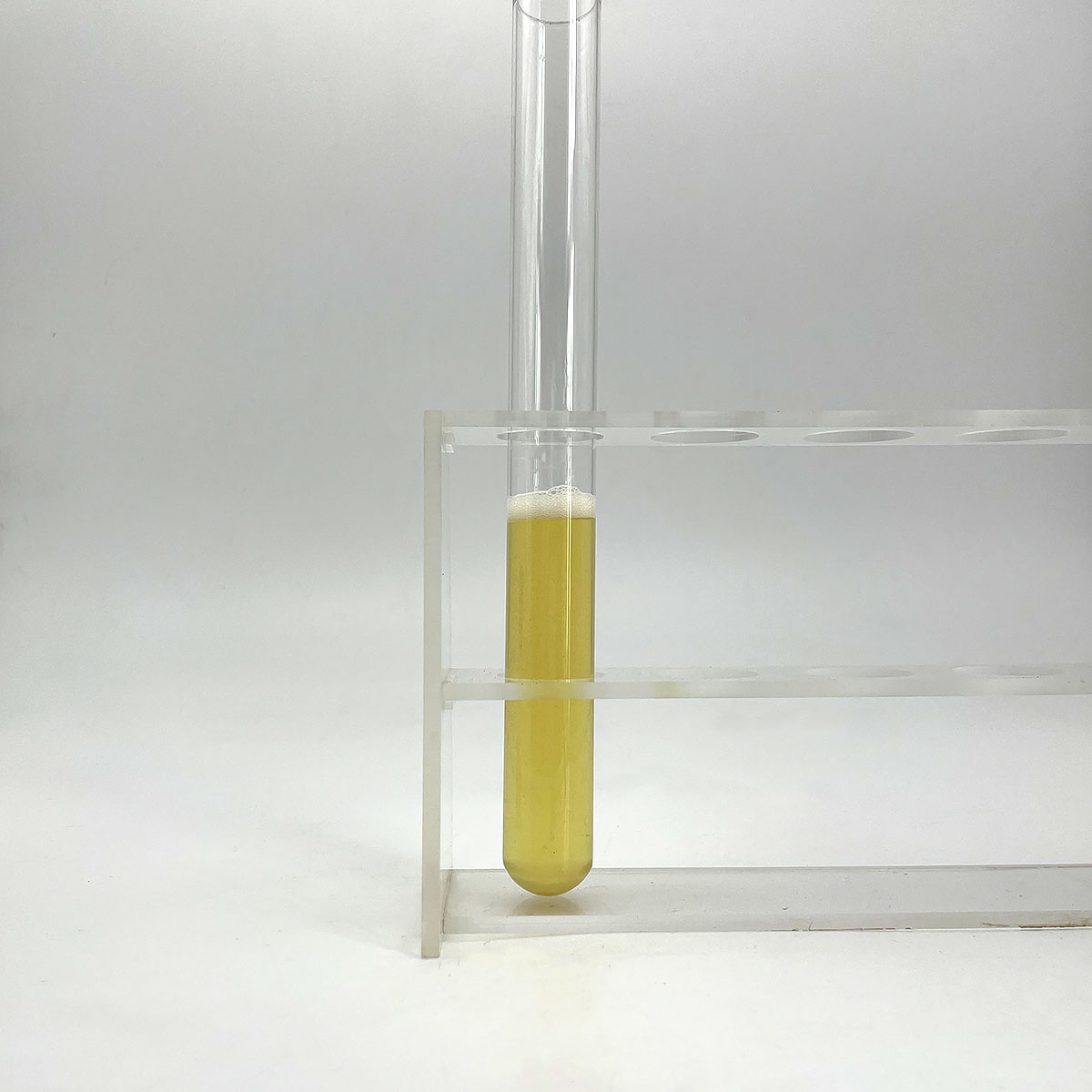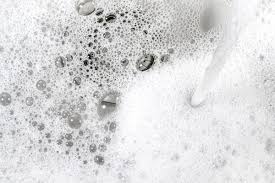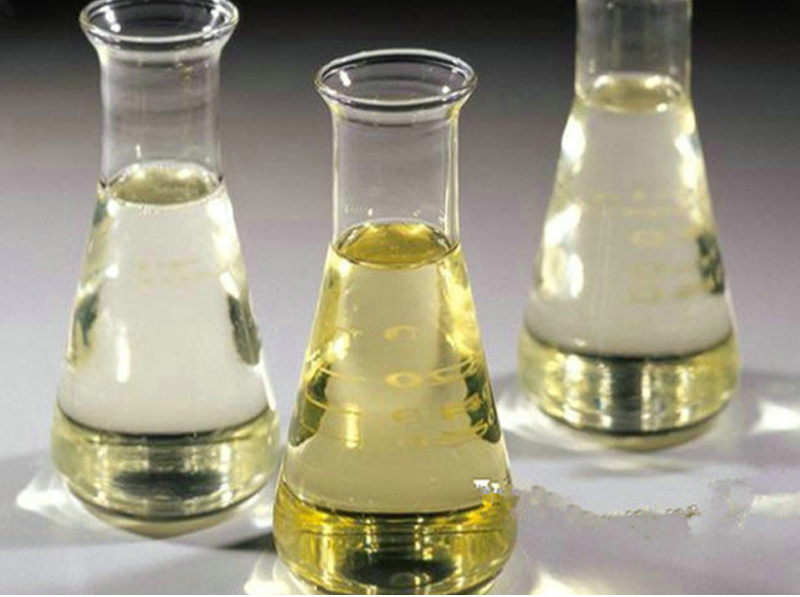**The Magic of Surfactants: How Tiny Molecules Tackle Big Jobs**
(What Are Surfactants Used For)
Ever wonder how soap lifts grease off dishes or why shampoo turns hair silky? The answer lies in surfactants. These tiny molecules are everywhere, working behind the scenes to solve messy problems. Let’s break down what they do and why they matter.
Surfactants get their name from “surface-active agents.” Their job is to mess with surfaces. Imagine oil and water in a bowl. They hate mixing. Add a surfactant, and suddenly they start getting along. This happens because surfactants have two ends. One end loves water. The other end loves oil or grease. When surfactants meet a greasy stain, the oil-loving end latches on. The water-loving end sticks to water. This pulls the grease into tiny droplets, letting water wash it away.
Cleaning products rely on surfactants. Dish soap uses them to cut through food residue. Laundry detergents trap dirt in bubbles so it doesn’t settle back on clothes. Even hand sanitizers use surfactants to break down germs’ protective layers. Without these molecules, scrubbing pans or washing hair would take way more effort.
Surfactants aren’t just for cleaning. They make lotions smooth and help toothpaste spread evenly. In makeup, they keep pigments from clumping. Think of them as tiny mixers. They blend ingredients that normally refuse to cooperate. This makes products feel nicer and work better.
Industries use surfactants for bigger jobs. Firefighting foam relies on them to smother flames faster. Paints and inks use surfactants to stick evenly without dripping. Farmers spray herbicides mixed with surfactants to help chemicals cling to leaves. Even construction crews use them in concrete to prevent bubbles from weakening structures.
Medicine taps into surfactants too. Some lung treatments use them to help premature babies breathe. The molecules coat the lungs’ inner surfaces, making it easier to expand air sacs. Drug companies wrap medicines in surfactant layers to help them dissolve faster in the body.
The environment benefits from surfactants as well. Oil spills are disasters. Cleanup crews spray surfactant mixtures to break oil into smaller bits. Microbes then eat the oil more easily. In wastewater plants, surfactants help separate sludge from water. This makes treatment faster and cleaner.
Not all surfactants are eco-friendly. Some older types harm aquatic life. Scientists now design “green” surfactants from plants like corn or coconut. These break down safely after use. Companies also tweak formulas to use fewer surfactants without losing performance.
Surfactants face challenges. Hard water—loaded with minerals—can weaken their power. Engineers solve this by blending surfactants with water softeners. In dry climates, foam might be a problem. Adjusting the formula controls suds without cutting effectiveness.
Research keeps finding new roles for surfactants. Labs test them for delivering cancer drugs straight to tumors. Food scientists experiment with surfactants to reduce fat in baked goods. Even the energy sector eyes surfactants to squeeze more oil from old wells.
(What Are Surfactants Used For)
Surfactants stay invisible, but their impact is huge. Next time you wash your hands or admire a glossy paint job, remember the tiny molecules making it all possible. They’re the unsung heroes of modern life, turning chaos into order one surface at a time.
Inquiry us
if you want to want to know more, please feel free to contact us. (nanotrun@yahoo.com)



